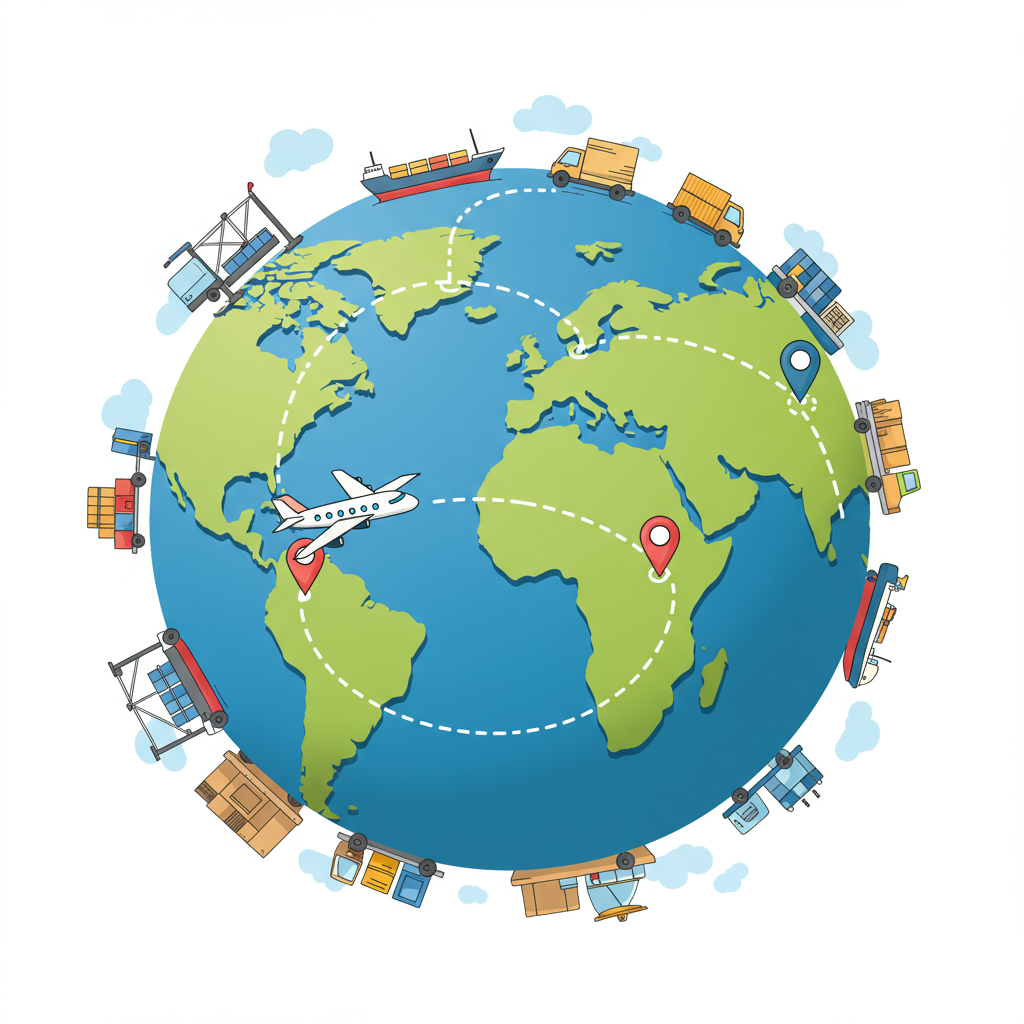Unlock New Markets and Boost Sales by Mastering Cross-Border Logistics
Hello fellow Shopify merchants! Today, I want to talk about a topic that can unlock immense growth for your business: international shipping.
Expanding beyond your domestic borders might seem daunting, but with the right strategy, it’s incredibly rewarding.
The global e-commerce market is booming, and limiting yourself to one country means leaving a significant portion of potential revenue on the table.
I’ve seen many businesses transform by embracing international sales, and I believe yours can too.
Let’s dive into how you can build a robust Shopify shipping strategy for your international orders.
Firstly, why bother? The answer is simple: market expansion. Your niche might be saturated domestically, but underserved elsewhere.
Secondly, increased sales volume. More customers mean more orders, leading to better economies of scale for your production and purchasing.
Thirdly, diversification. Relying on a single market can be risky. International sales spread that risk.
Finally, brand recognition. Becoming a global brand elevates your status and appeal.
Before you open your store to the world, there are crucial factors to consider. These are the hurdles we need to clear.
The most significant challenge often revolves around shipping costs. International shipping can be expensive, and customers expect reasonable rates.
Customs duties, taxes, and import regulations vary wildly from country to country. This complexity can be a major headache.
Currency conversion and payment gateways are another layer. You need to ensure customers can pay easily in their local currency.
Language barriers and customer support in different time zones also need to be addressed.
Finally, returns and exchanges for international orders can be logistically challenging and costly.
When it comes to strategy, your choice of shipping carriers is paramount. Research and choose reliable international carriers like DHL, FedEx, UPS, or even national postal services for cost-effectiveness.
Compare their rates, transit times, tracking capabilities, and reliability for different destinations.
Next, decide on your shipping rate pricing strategy. Will you offer flat rates, calculated rates, or free shipping above a certain threshold?
Offering calculated rates directly from carriers via Shopify is often the most transparent and fair approach for customers.
Customs, Duties, and Taxes (DDP vs. DDU) is critical. Will you ship Delivered Duty Paid (DDP) or Delivered Duty Unpaid (DDU)?
DDU means the customer pays duties and taxes upon delivery, which can lead to unpleasant surprises and abandoned packages.
DDP, where you collect duties and taxes at checkout, provides a smoother customer experience, but requires more setup.
Shopify Markets Pro, or third-party apps, can help automate DDP calculations and collection, making it much easier.
Be aware that certain products might be restricted or prohibited from import in specific countries. Check this beforehand.
Ensure your packaging is robust enough for longer transit times. Accurate customs declarations are non-negotiable.
Provide comprehensive tracking information. Customers want to know where their order is every step of the way.
Clearly define your international returns policy. Make it as simple as possible, even if it means absorbing some costs.
Shopify itself offers excellent tools. Use its shipping settings to define shipping zones and rates for different countries.
Shopify Markets is a powerful feature designed to simplify international selling, allowing you to localize experiences.
Shopify Markets Pro takes it a step further, handling duties, taxes, and even fraud protection for you. I highly recommend exploring it.
Consider apps from the Shopify App Store for duty and tax calculation (e.g., Zonos, TaxJar), currency conversion, or advanced shipping rules.
Apps like EasyShip or ShipStation can help you compare carrier rates and streamline your fulfillment process.
Transparency is key. Clearly state your international shipping policies, estimated delivery times, and who is responsible for duties/taxes on your website.
Have a dedicated FAQ section for international customers.
Send automated email updates with tracking information. Proactive communication reduces customer service inquiries.
Expanding internationally is a journey, not a sprint. Start with a few key markets, learn, and then expand further.
Don’t be afraid to experiment with different shipping strategies until you find what works best for your products and customers.
The potential rewards of reaching a global audience are immense, and Shopify provides many of the tools you need to succeed.
I hope this detailed guide helps you confidently navigate the world of international shipping.
What are your thoughts on this article? Do you have any specific challenges or successes you’d like to share regarding international shipping?






